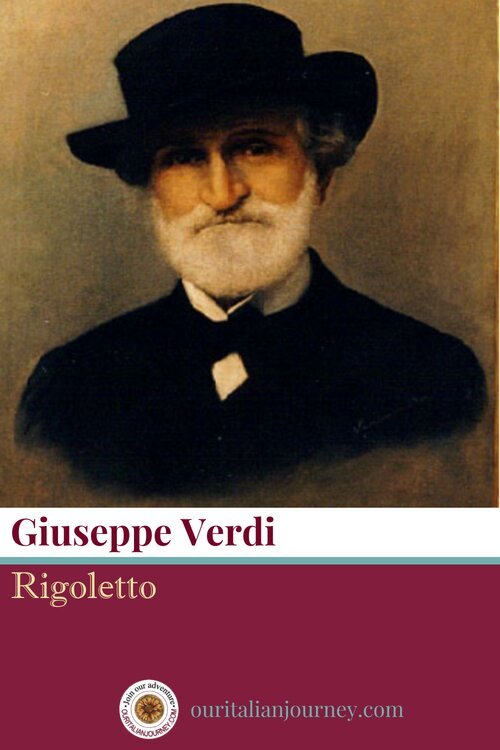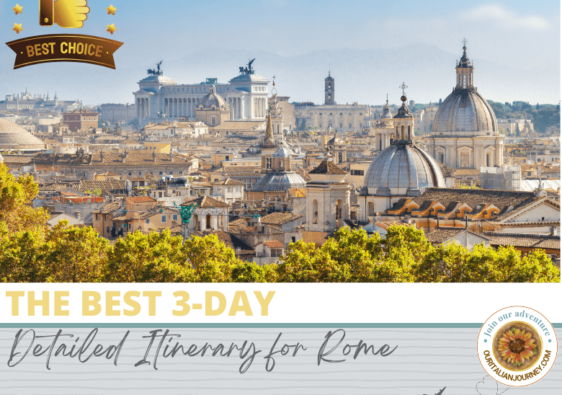Rigoletto was amazingly popular from its premiere in 1851, reaching London by 1853 and New York by 1855. Not much has changed over 150 years – this was the 9th most performed opera in the world from 2007/08 to 2011/12.
This post contains affiliate links that help keep this website running. By purchasing through our links, we make a small commission at no extra charge to you. Thank you for your support!
Probably Verdi’s greatest masterpiece, Rigoletto, premiered in Venice in 1851. This opera has three acts and was based on a play by Victor Hugo, and written by Francesco Maria Piave.

What is The Story of Rigoletto?
Rigoletto follows the Duke to a tavern where he drinks and flirts with Maddalena – the assassin Sparafucile’s seductive sister. Gilda watches her unfaithful lover and is heartbroken. Rigoletto sends her home to Verona, disguising her first as a man for her safety.
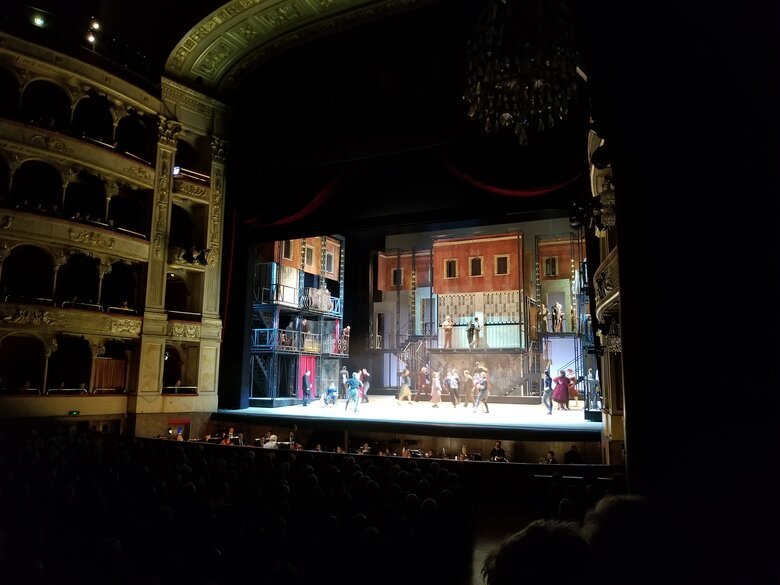
What Does “Rigoletto” Mean?
Rigoletto is an opera in three acts by Giuseppe Verdi. … It is considered by many to be the first of the operatic masterpieces of Verdi’s middle-to-late career. Its tragic story revolves around the licentious Duke of Mantua, his hunch-backed court jester Rigoletto, and Rigoletto’s beautiful daughter Gilda.
Is This Opera a Tragedy?
Rigoletto is an opera in three acts by Giuseppe Verdi. Its tragic story revolves around the licentious Duke of Mantua, his hunch-backed court jester Rigoletto, and Rigoletto’s daughter Gilda.
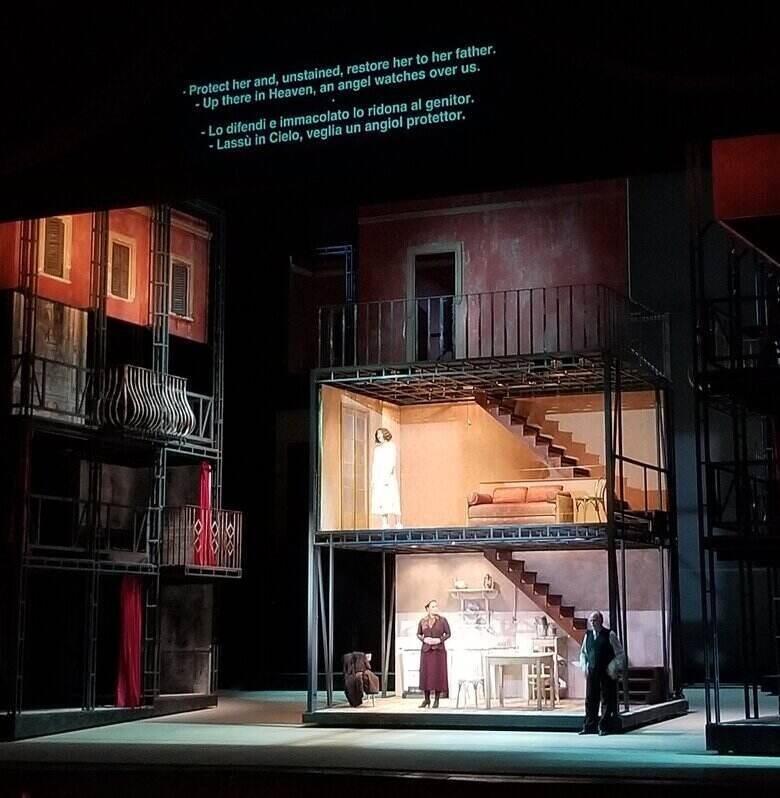
What is The Setting for Rigoletto?
This opera takes place in northern Italy during the 16th century in the town of Mantua. One of the most exciting and gritty operas, Rigoletto is not for the faint-hearted. The censors of the time had issues with Rigoletto’s content. It is set in the foul world of the Duke of Mantua, a man with few morals and a great deal of power. The end is quite sad – you know I cried. It’s an opera with extremes with the dismal palace home of the Duke – contrasted by the tranquility of Gilda, Rigoletto’s daughter.
♫♪ The Music ♫♪♬
Probably the most recognized aria from this opera is “La donna è mobile.” Here is Pavarotti singing it. I’m sure you know it… I’d bet a euro on it!
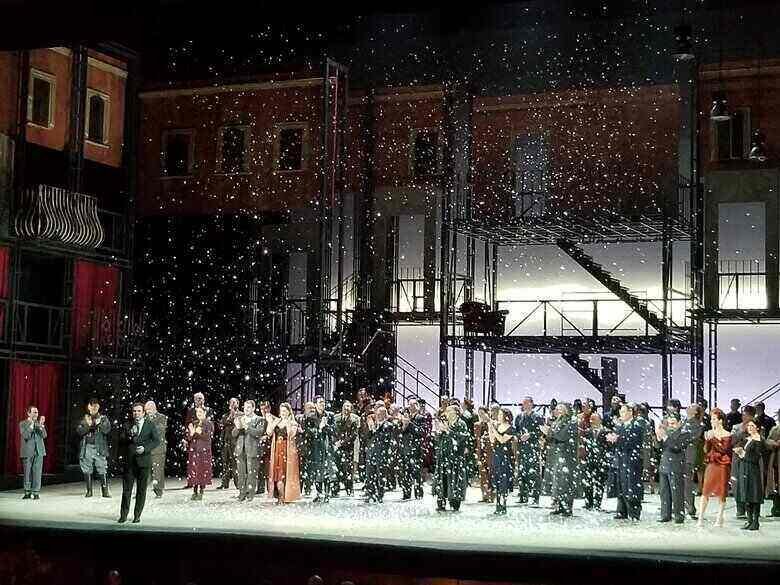
Giuseppe Verdi

Verdi was born October 9, 1813, near Busseto, close to Parma, Italy. In January 1901, while staying in Milan, Verdi suffered a stroke and died a few days later. Arturo Toscanini conducted the vast forces of combined orchestras and choirs composed of musicians from throughout Italy at his funeral service in Milan. To date, it remains the largest public assembly of any event in the history of Italy with approximately 300,000 in attendance.
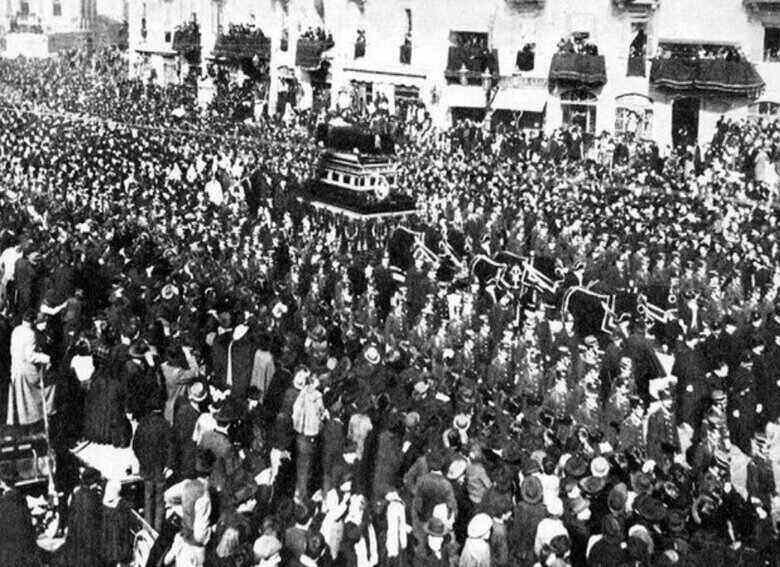
I adore art… when I am alone with my notes, my heart pounds and the tears stream from my eyes, and my emotion and my joys are too much to bear.
Giuseppe Verdi
Conclusion
Three operas remain his best-known and best-loved: Rigoletto (1851), Il Trovatore (1853), and La Traviata (1853). The music was better than any he had written before with the drama more exciting. Verdi was the leading Italian composer of opera in the 19th century, noted for other such operas as Don Carlos (1867), Aida (1871), Otello (1887), and Falstaff (1893) and for his Requiem Mass (1874). We have been fortunate to see the first three in Rome, Parma, and Verona.
In Case You Missed…





